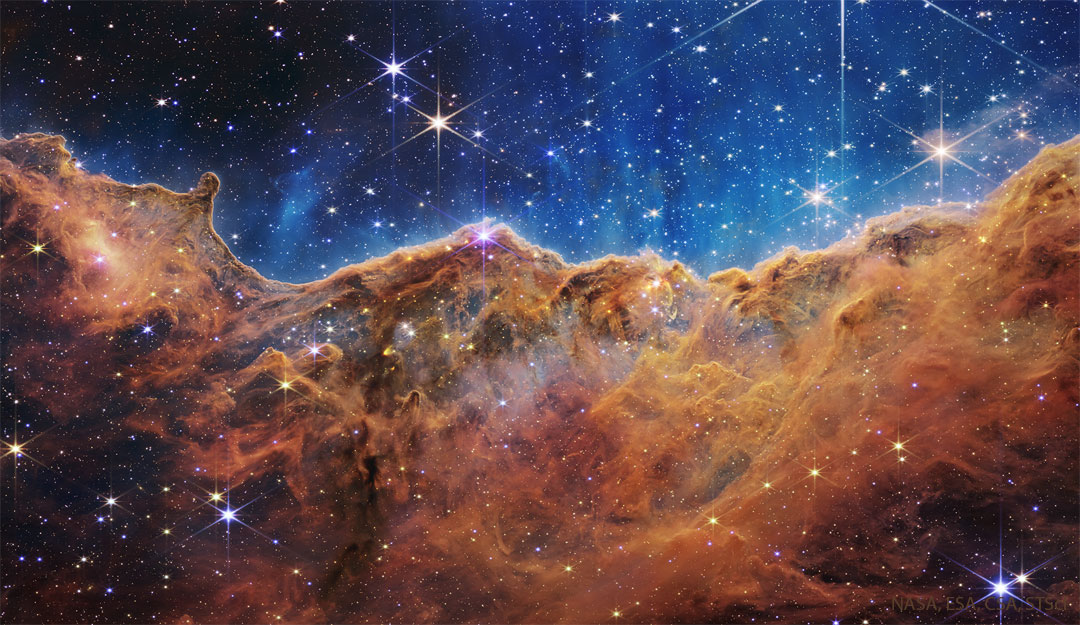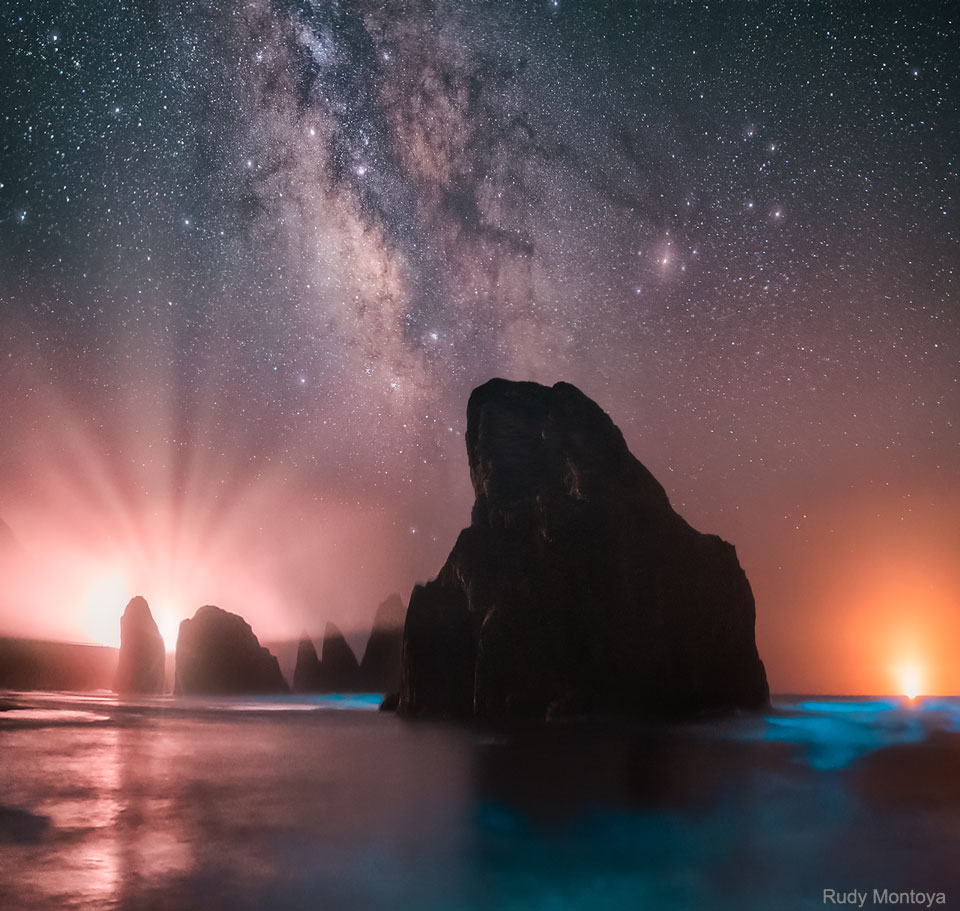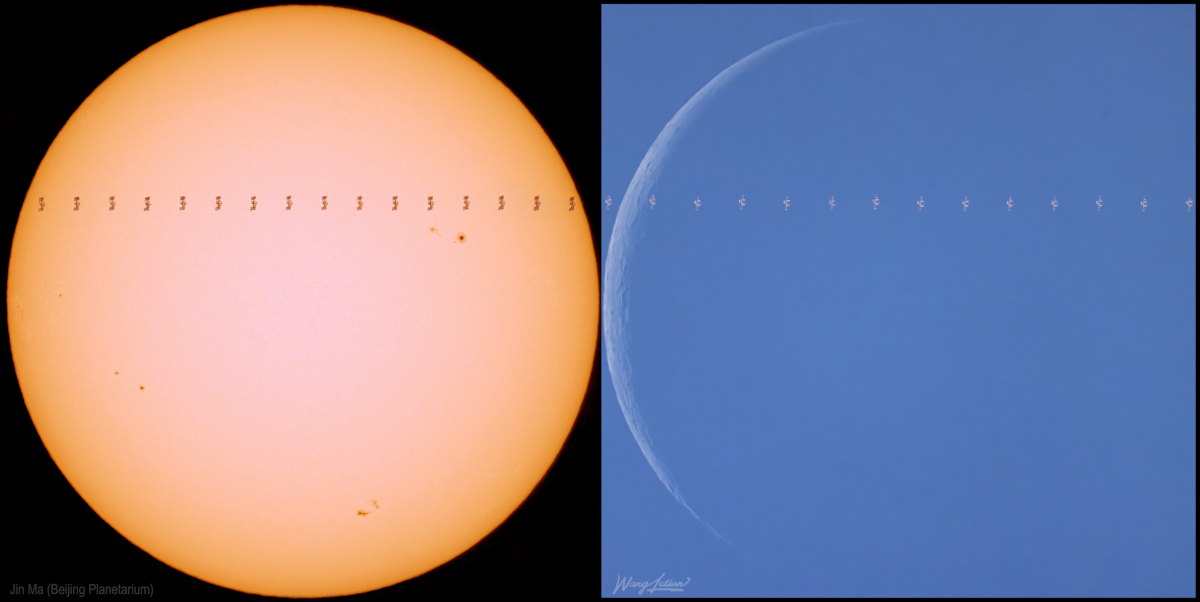안녕하세요, 잡학다식 입니다. 오늘은 과연 나사에서 어떤 방식으로 우주의 형상을 표현해 줄까요?
우선 이미지부터 볼 수 있도록 하겠습니다

해당 사진의 이름은 Carina Cliffs from the Webb Space Telescope 인데요 우선 NASA에서 공식적으로 발표한 설명들을 확인해 보겠습니다
Stars created these cliffs. Specifically, the destructive winds and energetic light from the stars in the open cluster NGC 3324 eroded away part of a mountain of dark interstellar dust in the northern part of the Carina Nebula. Several of these stars are visible toward the top of this highly detailed image taken recently by the James Webb Space Telescope, the largest astronomical telescope ever launched. Webb's large mirror and ability to see dust-piercing infrared light has enabled it to capture fascinating details in the dust, hundreds of previously hidden stars, and even some galaxies far in the distance. The featured jagged cliffs occur in part of Carina known as the Gabriela Mistral Nebula -- because when viewed in another orientation, they appear similar to the facial profile of the famous Chilean poet. These nebular cliffs occur about 7,600 light years away toward the southern constellation of Carina. Astrophysicists: Browse 2,800+ codes in the Astrophysics Source Code Library
이번에도 광활한 우주 앞에 인간이 얼마나 작은 존재인지 다시 한번 알게 되는것 같습니다
저는 내일도 더 좋은 사진과 함께 돌아오겠습니다, 그럼 행목한 하루 되시길 바랍니다
'과학상식' 카테고리의 다른 글
| NASA 나사의 오늘의 이미지들 (2022-09-07) (0) | 2022.09.08 |
|---|---|
| NASA 나사의 오늘의 이미지들 (2022-09-06) (0) | 2022.09.07 |
| NASA 나사의 오늘의 이미지들 (2022-09-04) (0) | 2022.09.05 |
| NASA 나사의 오늘의 이미지들 (2022-09-03) (0) | 2022.09.04 |
| NASA 나사의 오늘의 이미지들 (2022-09-02) (0) | 2022.09.03 |

